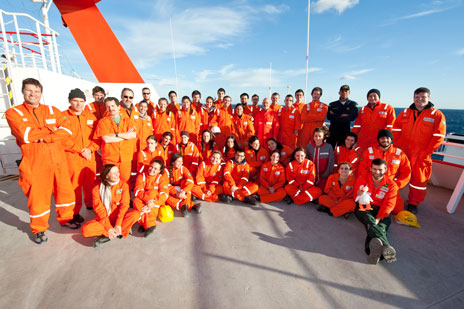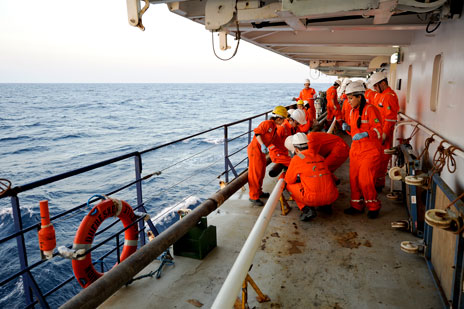Environment
PUCRS conducts a diagnosis of environmental aspects on Campus and its surroundings. Issues related to water resources, land use, land cover, waste and vibrations, traffic and historical heritage are periodically discussed.
The operation and maintenance of the University demand adaptation to environmental protection and preservation criteria, with actions that follow good practices of environmental conservation and serve as examples for the university community and visitors.
Implement the "Green Campus" by multiplying good practices of environmental preservation in construction, renovation and services.

SOCIOENVIRONMENTAL INDICATORS
GREEN CAMPUS PROJECT
Water
Consumption of drinking water 136,398 m³Energy
Amount of electric energy consumed annually 48,348.856 kWhSupplies
Consumption of A4 paper 100,464 kgDisposal of light bulbs 14,817 unidadesAmount of electronic waste discarded 11,260 kgWaste/amount of waste produced yearly
Laboratories and clinics 39,319 kgDry waste 3,696 m³Wood 140 m³ estéreoMetals 38,230 kgOrganic 1,170 m³Batteries 265 kgPaper and cardboard 1,098 m³Green waste 1,148 m³ estéreoResearch/Actions
Research projects focused on Sustainable Development 32Teaching/actions
Undergraduate courses focused on Sustainable Development 23Extension/Actions
Actions/extension projects focused on Sustainable Development 25Training sessions for Faculty
and Administrative Staff2Number of trainings carried out in Energy Efficiency Programs 9Total of participants 397
Water Management
| Strategy | Impacto |
| Installation of flow restrictors and restrictor valves. | Up to 50% flow reduction in restroom faucets. |
| Real-time water consumption record. | Computer-based hourly consumption control in 20 points on Campus. |
| Identification of leaks using Geophone | Improved assessment of hydraulic conditions interconnecting buildings on Campus and reduction of the need for excavations. |
INSTITUTE FOR THE ENVIRONMENT AND
NATURAL RESOURCES
The Institute for the Environment and Natural Resources (IMA) aims to support, encourage and promote activities related to the environment at the University and in the surrounding community. It keeps a conservation unit, the Pró-Mata Center for Research and Nature Conservation, located in the northeast of Rio Grande do Sul, in parts of the municipalities of São Francisco de Paula, Maquiné and Itati. It has an area of around 3,100 hectares, with native grasslands, forests and mountains and a mosaic of vegetation at different stages of ecological succession.
Sustainable School
The Sustainable School Project is an initiative by PUCRS professors and students, through IMA and the Environmental Management Committee. Its main objective is to promote environmental management in schools of Porto Alegre through the improvement of technical-administrative, pedagogical and community extension procedures. Currently, four undergraduate students participate in this project.

CEPAC AND THE OCEANOGRAPHIC MISSION
In July, the Center of Excellence in Research and Innovation in Petroleum, Mineral Resources and Carbon Storage (Cepac) led a team of over 40 PUCRS professionals from areas such as Biology, Geology, Chemistry and Engineering, who sailed through Cone de Rio Grande, a geological structure with dozens of kilometers of width, to the south of the Pelotas Basin (RS), in the Atlantic Ocean. The objective of the mission was to study its geological formation, micro- and macro-organisms of the region and possible occurrences of gas hydrates.



